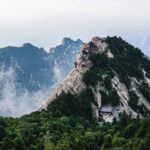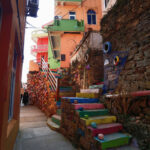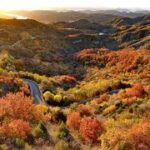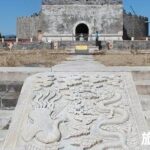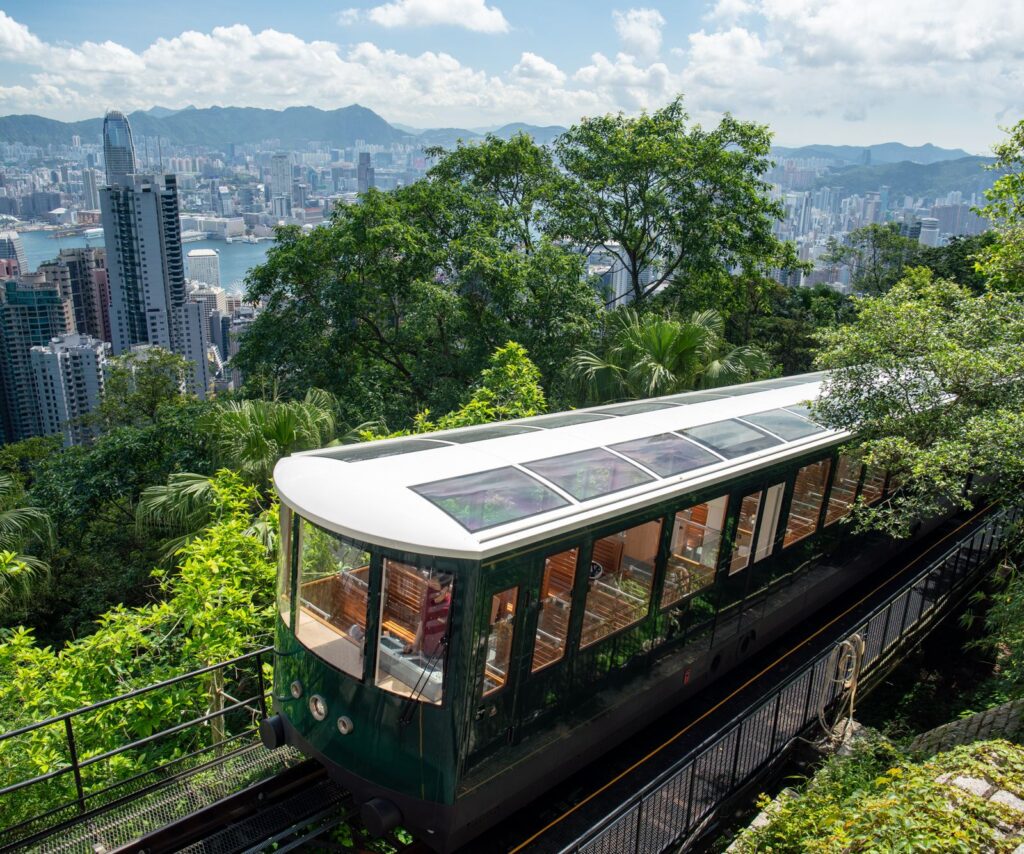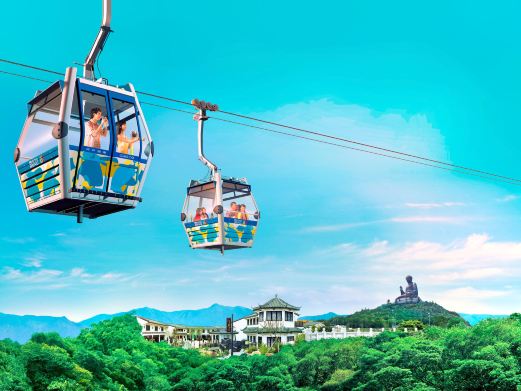Yellow Mountain is a UNESCO World Heritage Site for its cultural and natural significance, a Global Geopark, a World Biosphere Reserve, a national scenic spot, a civilized tourist area, and a national 5A-level tourist attraction. It is celebrated alongside the Yangtze River, the Great Wall, and the Yellow River as an outstanding representative of China’s magnificent landscapes and splendid culture. Known as ‘a fairyland on earth’ and ‘the most extraordinary mountain in the world,’ Yellow Mountain is famous for its ‘five wonders’: peculiar pines, grotesque rocks, sea of clouds, hot springs, and winter snow. The mountain range is home to 88 peaks over 1000 meters, including the three main peaks ‘Lotus Peak,’ ‘Bright Summit,’ and ‘Heavenly Capital,’ all of which exceed an altitude of 1800 meters. The great traveler Xu Xiake of the Ming Dynasty climbed Yellow Mountain twice and exclaimed, ‘No other mountain can compare to the Yellow Mountain in the world. Once you’ve seen the Yellow Mountain, no other mountain is worth seeing!’ This sentiment was later summarized as ‘After returning from the Five Great Mountains, no other mountain is worth seeing; after returning from Yellow Mountain, no other mountain is worth seeing.’
Geographical Location
Yellow Mountain is located in the southern part of Anhui Province, within the boundaries of Huangshan City. It spans approximately 40 kilometers from north to south and about 30 kilometers from east to west, covering an area of about 1200 square kilometers.**Yellow Mountain Scenic Area**
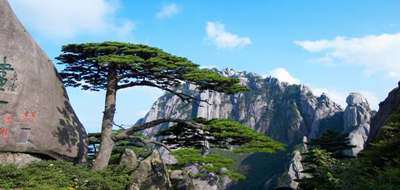
The scenic area of Yellow Mountain spans an area of 160.6 square kilometers, with geographical coordinates ranging from 118°01′ to 118°17′ east longitude and 30°01′ to 30°18′ north latitude. It stretches from ‘Huangshi’ in the east to ‘Xiaolingjiao’ in the west, and from ‘Erlongqiao’ in the north to ‘Tangkou Town’ in the south. The area is divided into nine administrative regions: Hot Spring, Yungu, Yuping, Beihai, Songgu, Diaoqiao, Fuxian, Yanghu, and Fugu. Adjacent to the scenic area, a buffer zone covers an area of 490.9 square kilometers, defined by the administrative boundaries of five towns and one forest farm.

**Origin of the Name**
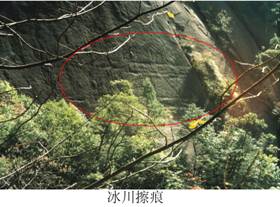
Yellow Mountain, originally named ‘Yishan,’ owes its current name to the dark green hue of its peaks and ridges when viewed from afar. Legend has it that the Yellow Emperor, Xuanyuan Huangdi, gathered herbs and refined elixirs here, ultimately achieving immortality. Emperor Xuanzong of the Tang Dynasty, a devout Taoist, officially changed the name to ‘Huangshan’ in the sixth year of the Tianbao era (747 AD). Since then, the name has been in continuous use. Over the centuries, Yellow Mountain has become a repository of Huangdi culture, with many scenic spots such as ‘Xuanyuan Peak,’ ‘Refining Peak,’ ‘Rongcheng Peak,’ ‘Fuqiu Peak,’ ‘Dan Well,’ ‘Washing Medicine Stream,’ and ‘Drying Medicine Platform’ all bearing connections to the Yellow Emperor.
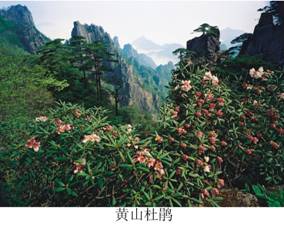
**Geological Features**
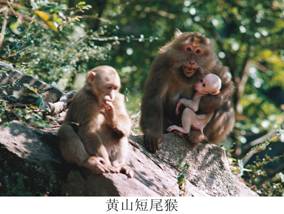
Yellow Mountain is a testament to 800 million years of geological history, featuring peak forest landforms, glacial relics, and a variety of rich and typical geological landscapes. These include granite landforms, granite caves, springs, pools, and waterfalls, all integrated within the mountain’s natural beauty.The front mountain of Yellow Mountain features sparse rock joints with spherical weathering, which contributes to its massive and spectacular mountain body. In contrast, the back mountain boasts dense rock joints with columnar weathering, resulting in a steep and beautiful mountain body. This distinct topography is known as the “majestic front mountain and beautiful back mountain.”
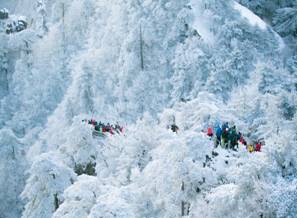
Ecological Environment:
Yellow Mountain’s ecosystem is stable and balanced, characterized by complete and vertically distributed plant communities. The area preserves one alpine marsh and one alpine meadow, earning it the reputation of “East China’s Botanical Treasure House” and “Natural Botanical Garden.” The forest coverage rate of the scenic area is 98.29%, and the greening rate of trees and forests is 98.53%. This provides a sanctuary and environment for the survival and propagation of many rare and endangered plants, making it a valuable green plant germplasm resource library. Yellow Mountain is home to 2,385 species of higher plants, belonging to 244 families and 954 genera. This includes 520 species of mosses, belonging to 73 families and 184 genera; 133 species of ferns, belonging to 33 families and 60 genera; 18 species of gymnosperms, belonging to 6 families and 14 genera; and 1,714 species of angiosperms, belonging to 132 families and 696 genera.
Yellow Mountain’s peaks and valleys crisscross, and its dense vegetation makes it an ideal habitat for the propagation and habitation of wildlife. The wildlife resources are extremely rich. The wild vertebrates of Yellow Mountain are dominated by Oriental species, including 73 species of mammals, 246 species of birds, 28 species of amphibians, 31 species of reptiles, and 32 species of fish. Additionally, there are 1,170 species of invertebrates, including insects and 138 species of spiders.Yellow Mountain, situated in a subtropical monsoon climate zone, experiences a climate that is significantly influenced by its high mountains and deep valleys. This vertical climate change, coupled with the local topography, creates a unique mountain monsoon climate.
The mountaintop boasts an average annual precipitation of 2369.3 millimeters, with an average of 180.6 rainy days, 32.9 days of snow cover, 259 foggy days, and 118.7 windy days. The average annual temperature is a cool 7.9°C, with the highest summer temperature reaching 27°C and the lowest winter temperature plummeting to -22°C. The longest rainless period recorded is 40 days.
The scenic area is characterized by dense forests, numerous streams, and waterfalls. The air quality is consistently at level Ⅰ, with an average daily concentration of PM2.5 in the air at 5 micrograms per cubic meter. The concentration of negative oxygen ions in the air is consistently above 20,000/cm³, which has earned Yellow Mountain the title of ‘Natural Oxygen Bar’.
